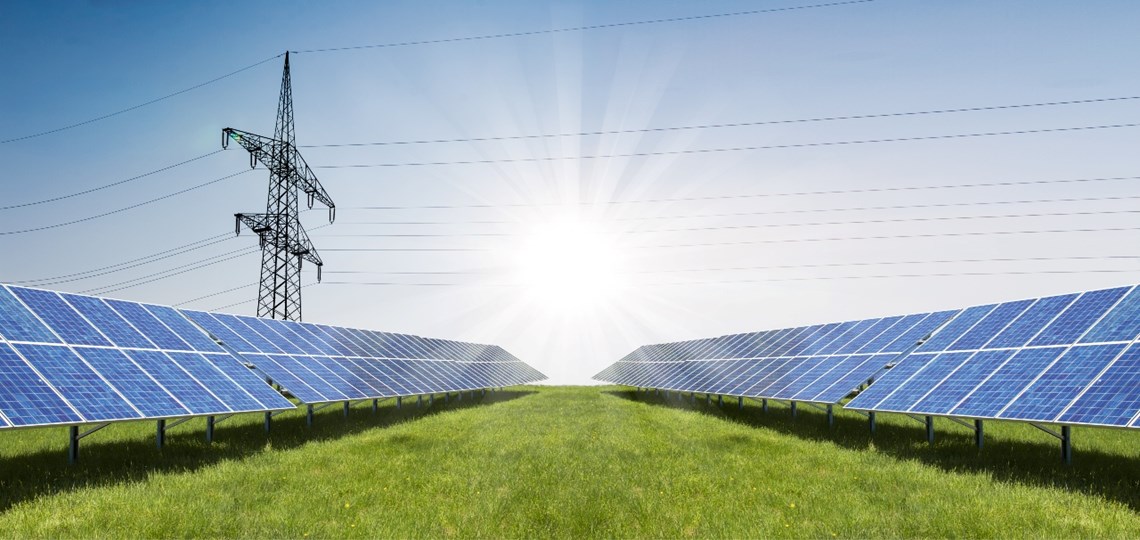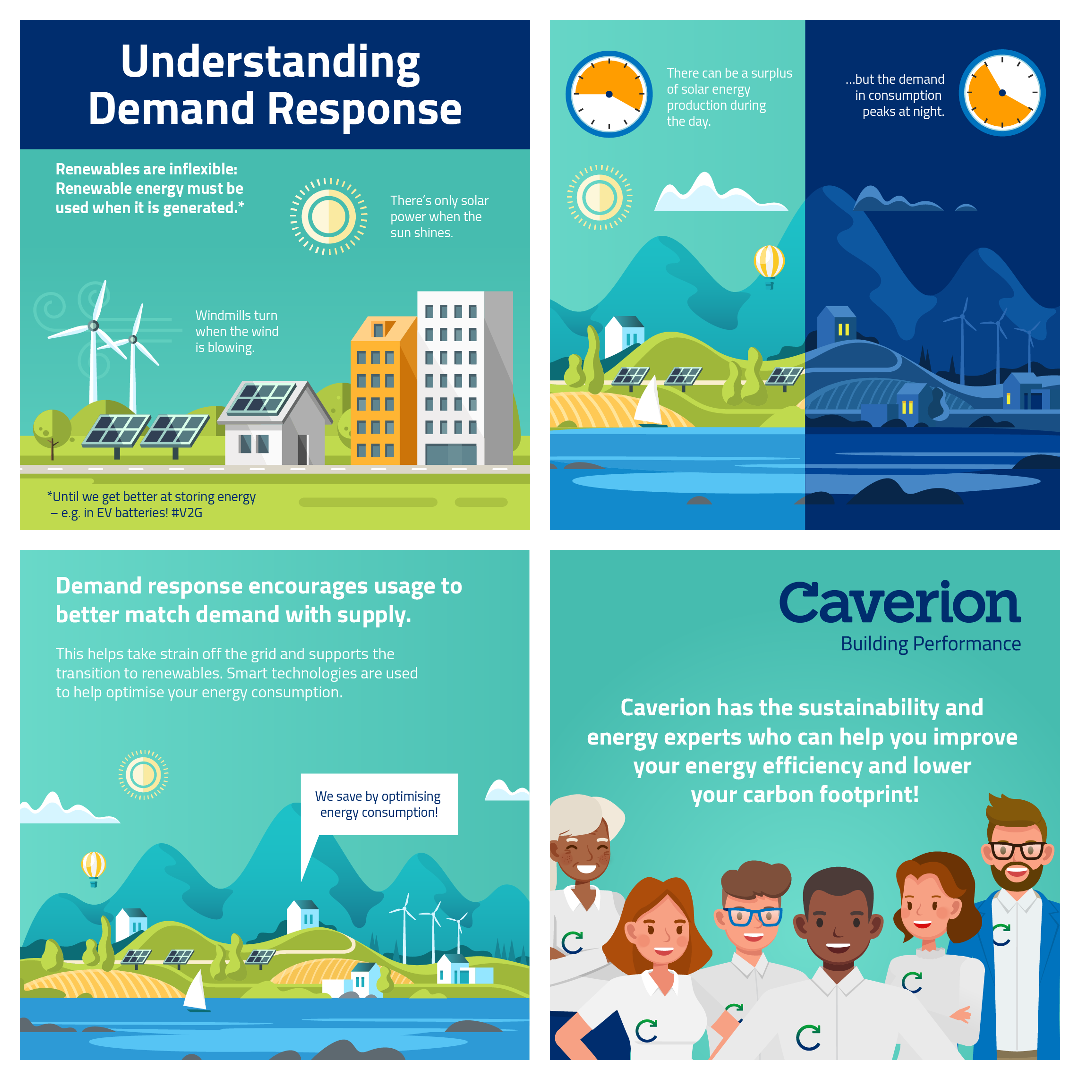
Demand Response - Balancing our power grid
Due to the ambitious goal of the EU to become climate-neutral by 2050 and the large emission reductions needed in order to achieve the goal, renewable energy sources and efficient energy usage control strategies are key. However necessary, the increase in renewable energy production (especially solar and wind) also presents challenges.
The most important technical requirement of the electricity grid is the power balance between supply and demand. This balance is the basis of the stability of the electricity grid. Electricity produced by solar and wind energy is inflexible and intermittent and can therefore cause stability issues in electricity grids. Since renewable energy cannot be produced on demand, demand-side response is needed for the balancing act.
Demand response in a nutshell
As written in the European Commission's JRC Publications Repository, “demand response is a tariff or programme established to incentivise changes in electric consumption patterns by end-use consumers in response to changes in the price of electricity over time, or to incentivise payments designed to induce lower electricity use at times of high market prices or when grid reliability is jeopardised.” To put it more simply: demand response is a financial incentive/control signal developed to encourage energy (mainly electricity) consumers to switch consumption away from peak hours.
The benefits of demand response
Demand response enables multiple benefits for all electricity grid stakeholders, be they energy producers, suppliers, or end-users. The most noticeable benefit for energy users is the reduced price of electricity, which large-scale demand response will help yield and maintain. However, the most important benefit is undeniably the security of supply provided by the stabilization of the electricity grid. By adding stability to the grid, it is possible to lower the need for reserve power plants (commonly run with fossil fuels), therefore contributing to a more sustainable future.
Why is acting now urgent?
The EU's goal to become climate-neutral by 2050 is an ambitious goal that requires drastic changes in our energy production, consumption habits, and energy efficiency initiatives. In order to achieve the goal, the replacement of our high-emission energy production methods with renewable energy sources needs to happen fast. Since renewable energy production is targeted to increase to 80% of our total electricity production by 2050 (from the current level of 38%), demand response will play a key part in achieving this target.
How is Caverion participating in innovations related to demand response?
Caverion is committed to contributing to a carbon-neutral society through holistically sustainable solutions, and is currently participating in multiple EU wide development projects, e.g. Horizon 2020 Research and Innovation program funded Project SYNERGY, Project iFLEX, and Project HOLISDER - where demand response is one of the main topics.
If you would like to know more about demand response or you would like to know how energy efficiency can benefit the planet as well as your wallet, reach out to our energy experts and we will discuss the best solutions for your needs.
References
https://ec.europa.eu/clima/policies/strategies/2050_en
https://ember-climate.org/project/eu-power-sector-2020/
https://publications.jrc.ec.europa.eu/repository/handle/JRC101191
